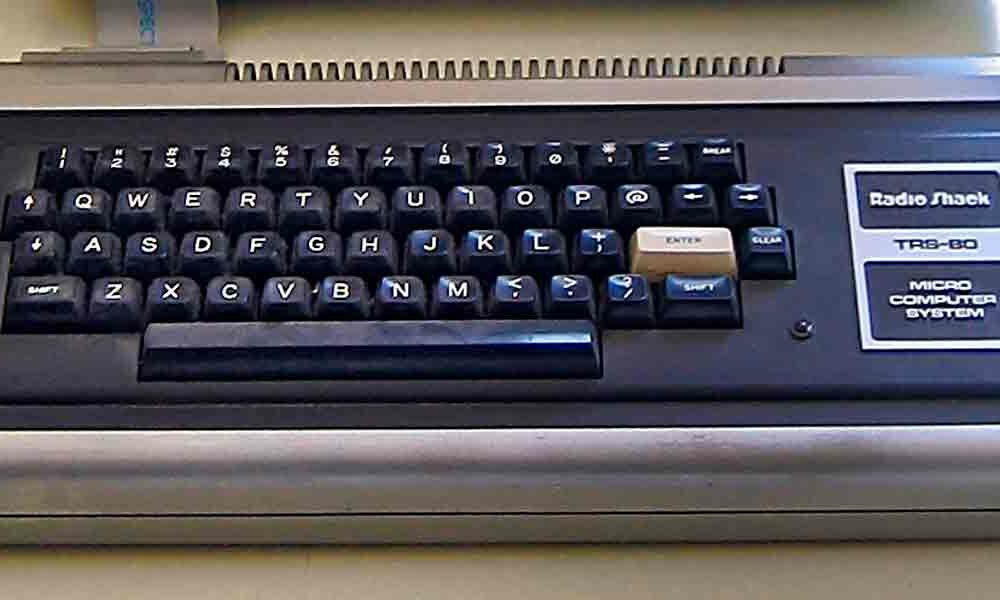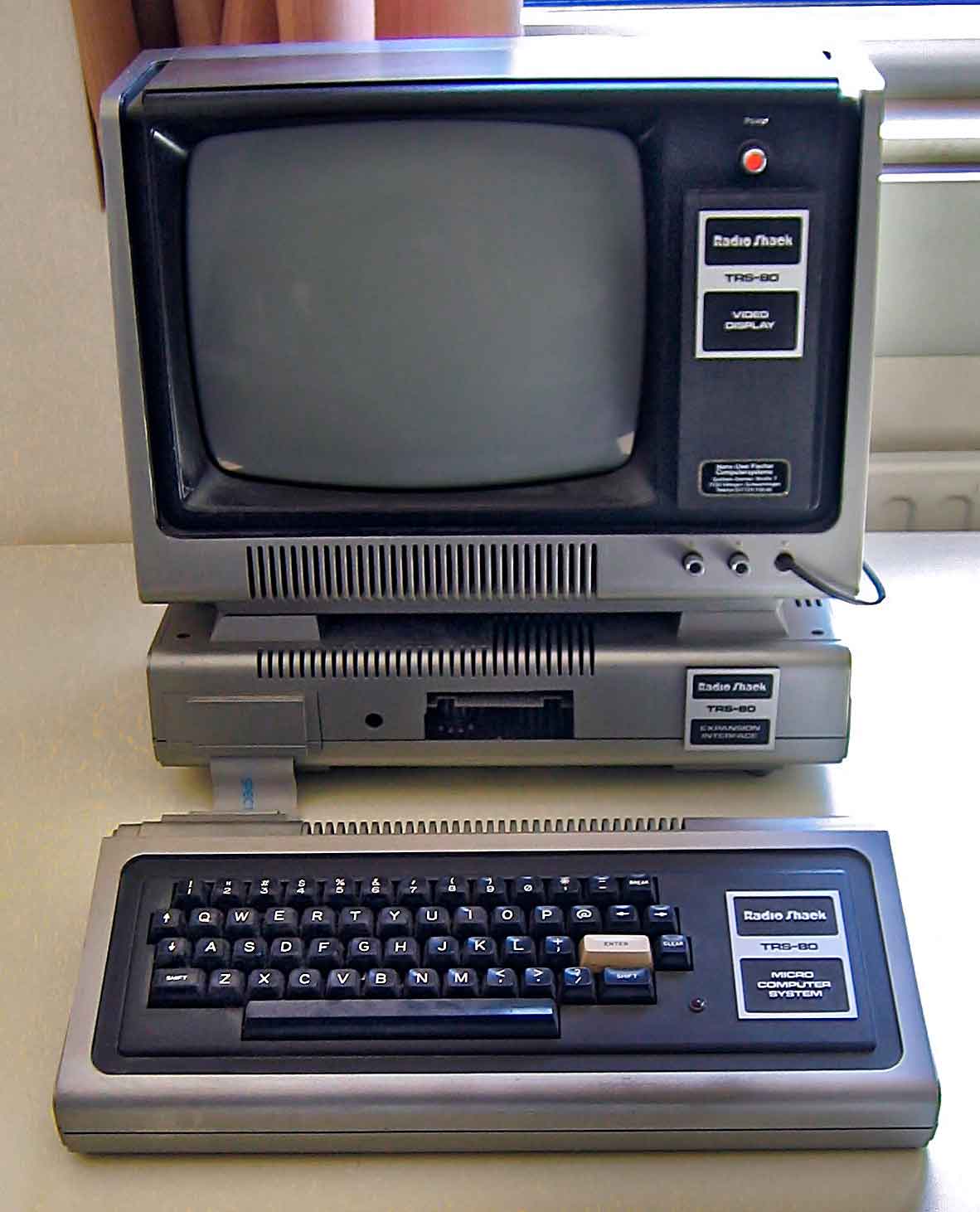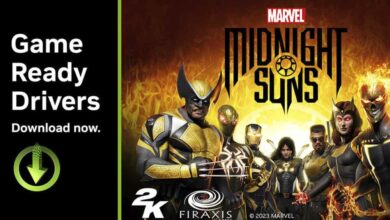
If we wanted to make a list of all the computer models that have reached the market from the first moments of the microcomputing boom to the present, we would find ourselves facing such a daunting task that, at least a priori, it seems overwhelming. However, in that hypothetical and endless list, there are some models that stand out above the restbecause they made history at the time and, no matter how many years have passed, they are still well remembered. The Radio Shack TRS-80, also known as the Tandy TRS-80 and affectionately as the Trash-80, is definitely in that selection..
Launched on the market on August 3, 1977, the TRS-80 is one of the large collection of personal computers built around the mythical Zilog Z-80, which a few years later would also be responsible for other equipment such as the Sinclair ZX Spectrum, Amstrad CPC and the MSX, as well as being found in other types of devices, such as the Prophet-5 synthesizer, created by the father of the MIDI format, the recently deceased Dave Smith. So well remembered and reliable is this chip, that a few years ago work began on the project of an operating system for a post-apocalyptic scenario, and it was designed to work with a Z-80.
But back to the TRS-80, that turns 45 today, and that was revolutionary for its price: 599.95 dollars of 1977, which would be approximately 2,900 current dollars. It may seem very expensive, but of course, we must analyze this price in its context and, for that purpose, we can compare it with the Apple II, which hit the market on similar dates and was priced at $1,298. Really, at that time, it was a very, very cheap option.
And it is that, in addition, while the vast majority of kits that came in those days included exclusively the CPU, the TRS-80 included a main unit with a built-in keyboard, cassette recorder, and monochrome monitor, elements that in the rest of the cases it was necessary to acquire separately and that, as you can imagine, were not exactly cheap. It is true that three years later, Sir Clive Sinclair would arrive with the ZX-80, but we are talking about an incredibly effervescent period, in which three years can be considered three entire lives.

Image: Flominator
Thus, the Sinclair ZX-80 made the price of computers measurable in tens of dollars, instead of hundreds, but the Radio Shack TRS-80, three years earlier, was the protagonist of the leap from the previous step, to the have prices measured in hundreds of dollars, not thousands. Something that, added to the enormous popularity of the Radio Shack chain in those days, contributed in a capital way to the popularization of home computing.
Seen over time it is clear that it was a great success, but in reality Tandy, owner of the Radio Shack stores (this is the reason why it is possible to read references to the Tandy TR-80 and the Radio Shack TRS-80, which actually they are exactly the same machine), I was not so clear. It was to be the most expensive item sold to date at the chain store and there were still many doubts about whether there was really a great demand for home computers.
Thus, Tandy was quite conservative in its predictions and, for its market launch, limited initial production to 3,000 units. And why that specific amount? Because, according to their calculations, if the TRS-80 was a commercial failure, they would allocate one unit to each of the group’s 3,000 warehouses, in order to use them to manage accounting. You will have already imagined that not a single one of those teams was destined, finally, to such function, because 10,000 computers were sold during its first monthand the figure rose to 55,000 upon completing its first year. He remained in the market until January 1981, saying goodbye to it with total sales of about a quarter of a million units.
At this point you are probably wondering about the reason for its name or, if you have been collecting data from what has been told so far, perhaps you have already “deciphered” it. TRS stands for Tandy Radio Shack, and the 80? Yes, indeed, in honor of its processor, the Zilog Z80.
Designed by Don French and Steve Leininger, inside we could find the aforementioned Zilog Z-80 running at 1.77 megahertz, accompanied by 4 kilobytes of RAM. If you are especially young (and in this case your interest in these “war stories” makes me especially excited) and you have a hard time getting an idea of how much that is in relation to, let’s say, 8 gigabytes of your PC, in percentage terms the memory of the TRS- 80 was 0.00005% of what your current team has. 0.000025% if you have 16 gigabytes, and 0.0000125% if you have 32.
The TRS-80, like all computers of the time, did not have a graphic mode, as we understand them today, that is, with the ability to represent bitmaps. Its interface was limited to 64 columns and 16 rows of monochrome text (only capital letters) which, yes, by using a text character in the form of a block, allowed it to “create” a 128×48 pixel screen. It also didn’t have a sound system (not even a speaker), but many shows used a trick to output simple sounds through the cassette port. In the video above you can see what the ingenious and creative programmers could do despite these limitations.
And how was the TRS-80 used? Using the most popular programming language of the time, of course, a BASIC interpreter loaded into the computer’s ROM. And a great success of Tandy, in this regard, was to include a manual, which you can consult here if you are curious, tremendously simple, which opened the doors of programming to all its users. Let’s remember that we are talking about times when the software offer was still very scarce, so knowing how to program added many points when it came to being able to use the computer for what you wanted it for.
In terms of storage, as I already had before, the pack also included a cassette recorder, which was the support used both to save and retrieve the software. Tandy also released a floppy drivewhich obviously provided much faster read and write operations, but its price was singularly high, so the vast majority of TRS-80 users never had this peripheral.
Remembered by many of its users with great affection, and despite the fact that the affectionate nickname of trash-80 has somewhat clouded its image, the TRS-80 was a very important step in the popularization of home computing, both for its price and for how easy it was to use. And therefore, even with its faults, since it was not a perfect machine, far from it, it is one of the systems to which we owe computers that were gaining presence in our lives. Happy Birthday TRS-80!



